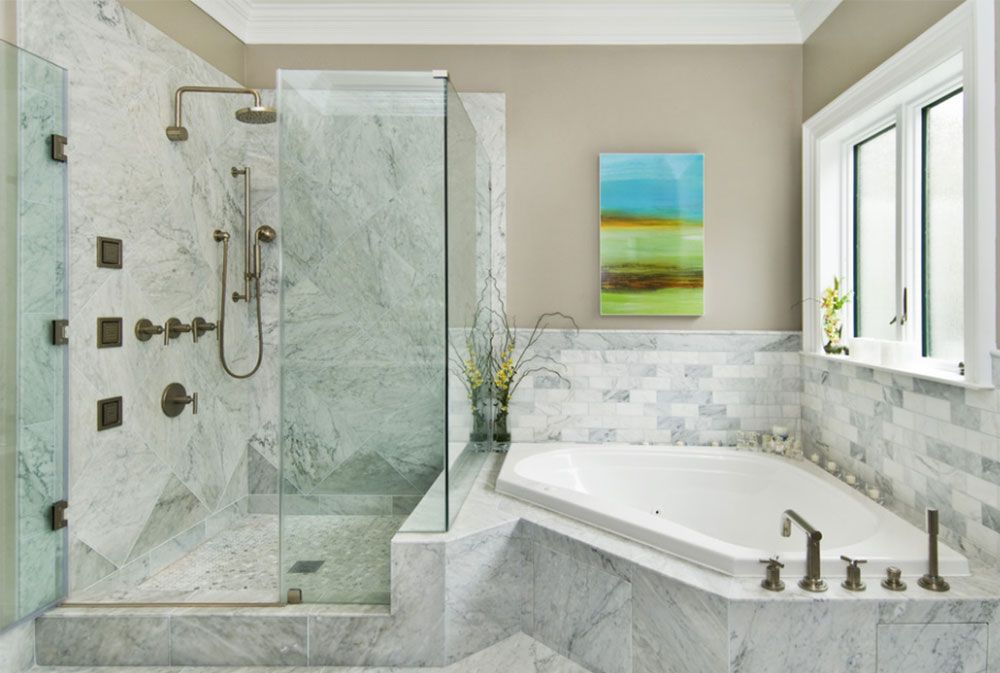How to choose a built-in bathtub and existing bathtub
There are two types of bathtub arrangement: freestanding and compact.
The self-contained bathtub is placed directly on the bathroom floor, features a smooth and clean interior and exterior surface, does not require wall support or separate installation. The installation of the self-contained bathtub requires a certain space and special requirements for floor and height.
The built-in bathtub is part of the bathroom structure itself or is built into other things when installing. The built-in bathtub can be divided into two types: built-in walls and built-in center.
Built-in walls includes a traditional bathtub that requires the construction of a special structure to install.
The bathtub built into the center is built-in underground and not wall-facing.
A distance of at least 2mm should be left between the built-in bathtub and the wall to prevent its surface cracking during vibration. Mold-proof silicone can be added on the edge of the bathtub to prevent mold growth. If there are elderly or children in the house, it is preferable to install a built-in bathtub for easy access and safety.
There are things to consider:
Locate the entrance, exit and drainage pipes. Drainage tubes should be arranged under the sink. Cold and hot water pipes are determined based on the bathtub pattern and prefer to request the requested style beforehand.
A bathtub cover should also be provided, which can keep the water warm during the shower and prevent the entry of dust when not in use, and provides a place to put books or tablets.
Waterproof treatment should be secured inside the bathtub structure; Water leakage under the paneo layer should be avoided. This can be achieved by adding waterproof and leakproof materials. If water leaks, having openings for screening will not be enough, and the paneo will have to be removed and rearranged.



